Where the Missing Middle Isn't Missing
American cities used to, as a general rule, contain a much wider variety of homes intermingled with each other. This ranged from single-family houses to row houses and duplexes; small apartment buildings; rooming houses, SROs and other shared arrangements; in-law suites; all the way up to much larger apartment buildings. This diversity arose naturally, as cities grew to meet the needs of people in many walks of life. If there was a market for something, somebody could more or less build it. This accommodated different strokes: not every home works for every household’s price point, lifestyle, or needs.
Over time, this eclecticism has been replaced by a monoculture. Outside of high-rise downtowns and tightly clustered areas of large apartment complexes, most American cities are dominated by single-family houses. This is not a natural outgrowth of the market: it's the result of policy—put simply, of widespread bans on building anything else.
The idea of the Missing Middle arose in this context. Missing Middle housing is a term coined by design firm Opticos Design to capture the observation that there's a whole range of housing options in between a standalone house and a huge apartment complex that are rarely built anymore: they’re missing, especially from post-WWII neighborhoods. This is a shame because Missing Middle homes fit into the fabric of all sorts of places, span a useful range of density and height, and are often both the least expensive and most versatile way to meet housing needs.
To understand what we've lost, all we actually have to do is look at places where the monoculture hasn't taken over. Often, you can find this in college towns. A monoculture of single-family homes is so obviously ill-suited for a population dominated by students that the general rule that we've stopped building the Missing Middle, and demolished much of what used to exist of these types, doesn't always apply there.
The Wide Range of Housing in Madison, Wisconsin
Madison, home to the enormous flagship campus of the University of Wisconsin, is blessed by geography with a landscape that almost guaranteed from the start it would be a city with some there there. The core of the city sits on a narrow isthmus between two lakes, ensuring a compact walkable layout and making it impractical to run a highway through downtown (rare for a significant U.S. city, there still isn’t one to this day).
The entire core, laid out by famed planner John Nolen, is within easy walking distance to the twin anchors of the university and state government. And in its early decades it sprouted an eclectic mix of homes for the city's student body and white-collar workforce. Today that mix looks like this. (Click on any image to view it larger.)
We can make a few observations.
One is about compatibility. This neighborhood’s look and feel is defined not by uniformity but by eclecticism. As a result, different scales and architectural styles can coexist as happily as an old-growth forest canopy is complemented by ferns, mosses, and understory trees. At almost no point walking around Madison's core do you think "What is that doing here?"
Many of the homes, with their generous front porches and prewar vernacular architecture, would fit right in in just about any old single-family neighborhood. They don't immediately scan as rentals, but if you get up close, you start to notice things like a "7 bedrooms for rent" sign on a building which, in a different context, you’d expect to house a family with a couple children, a home office and a guest room.
The Missing Middle pulls a lot of the weight here, but this is a mature neighborhood that has high-rises as well. Visually, the taller buildings fit in as accents. Functionally, they're extremely important, because UW Madison's student body is over 40,000 and would be hard to house within walking distance of campus in low-rise structures alone.
Central Madison also has an extremely lively commercial district, centered on the pedestrianized State Street. National chain restaurants and retailers are present here, but so is a wide variety of local quirk:
These places rely on walk-up customers to stay viable and pay their rents and property taxes. Note the absence of extensive parking lots, a dealbreaking expense for a small business in a place where land is at a premium. This area is designed around customers who will walk from their nearby houses and apartment buildings (as well as government offices at lunch and happy hour) and do not need to park a car. It simply would not work in anything like its existing form if not for the intense concentration of people nearby.
It’s worth noting that pure high-rises can actually be counterproductive to this end. It would be theoretically possible to house the whole student body right on campus in tall buildings, but the missing-middle approach actually allows a much broader area of the city to achieve the minimum level of density to support small, walk-up businesses and a consistently interesting street life.
On a Friday night in July, State Street is far more subdued than usual—in part because it's summer, in part because of the ongoing pandemic. But there’s still a lively mix of people on foot and on two wheels.
The College Town Asterisk?
There's a predictable objection to the notion that the rest of America has anything to learn from a place like downtown Madison, and it goes like this:
"But that's a college town. It doesn’t count.”
Is it true that the rules are suspended in college towns, and whatever goes there does not apply anywhere else?
Well, why shouldn’t it? It's absolutely true that the homes pictured above are mainly inhabited by undergraduate and graduate students—for a range of reasons, most people who are past that stage in life would find it unpleasant to live in a neighborhood of almost exclusively 20-somethings.
But what about the physical arrangement actually requires that it be students who live here? There are plenty of other types of people who might live in one of these buildings, under different circumstances (read: different neighbors, and a different mix of nearby jobs and amenities). Single adults, young couples, or anybody who doesn't want to be responsible for a yard often find an urban apartment to be a perfect fit for their needs. Duplexes and triplexes have an underrated family-friendly quality in that they provide a mix of community and privacy: multigenerational families, or groups of families, can live very successfully in this arrangement and share child care and resources. Older homeowners can benefit from an accessory unit, and may even move into it and rent out the main house. It’s worth remembering that only 1 in 5 U.S. households is actually a nuclear family.
If downtown Madison were not a college town, the mix of businesses on and around State Street would no doubt be very different. There would be fewer dive bars and hole-in-the-wall restaurants. Perhaps you’d see higher-end restaurants, organic groceries, day care facilities, hardware stores, boutiques or bakeries or doctor's offices, depending on the mix of residents nearby. But the physical form itself is entirely viable outside of the college context. And there's a huge amount of evidence that this type of place is, in fact, popular among Americans and that there's a huge pent-up demand.
What we have to do first, though, is make it legal. In most places, it isn't. And a walk around appealingly eclectic Madison is likely to leave you with the conclusion that that's a damn shame.
FREE WEBCAST REPLAY
Want to go deeper on “missing middle housing”?
We recently featured Daniel Parolek—founder of Opticos Design and person who coined the term “missing middle”—on a webcast. The replay is available on our free community site (you don’t have to be a member to watch), as is the follow-up Q&A.
For inspiration on how to apply this to your own community—or to share your own experience—consider joining the conversation with hundreds of other active local leaders on our community site.















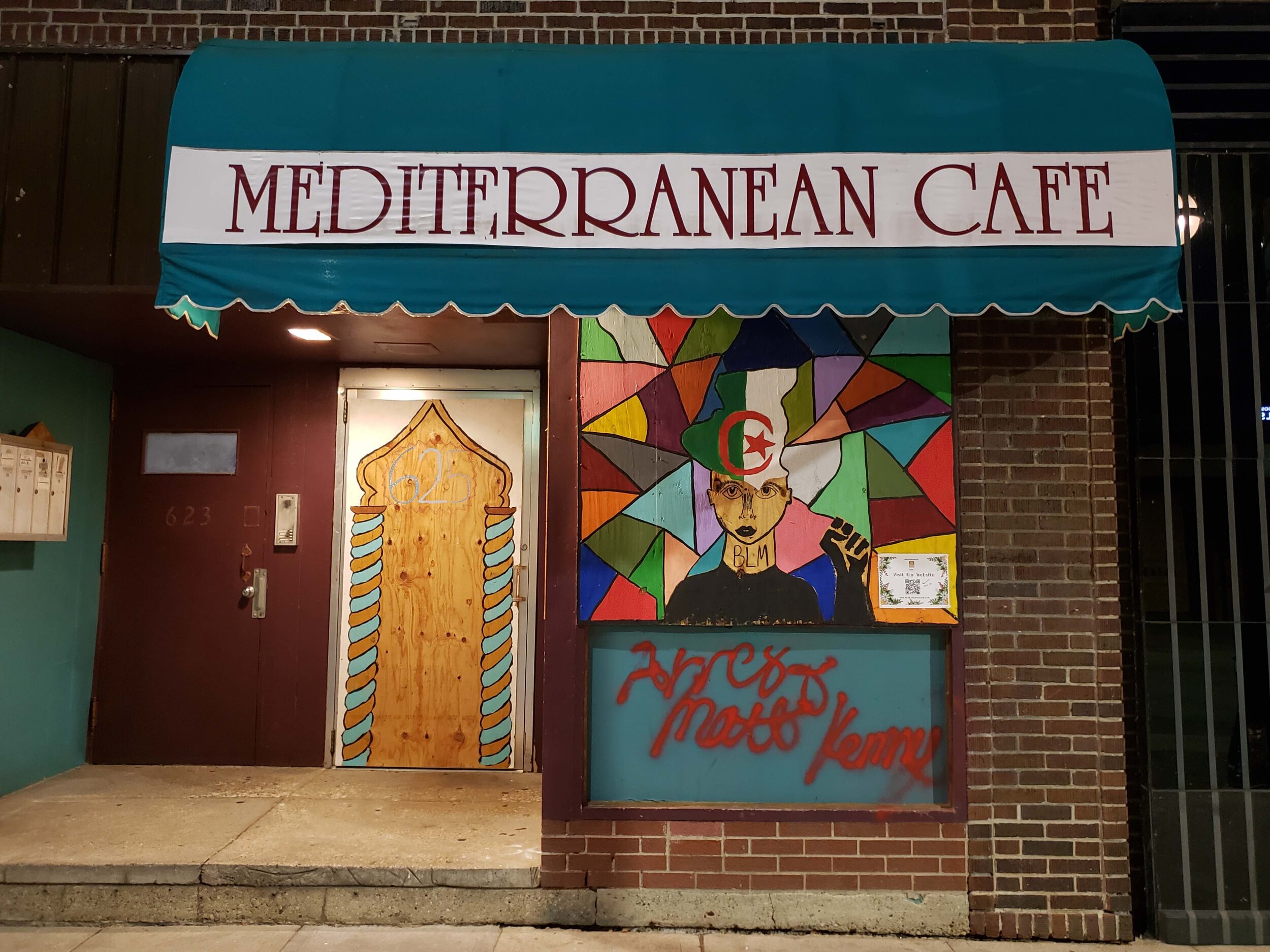
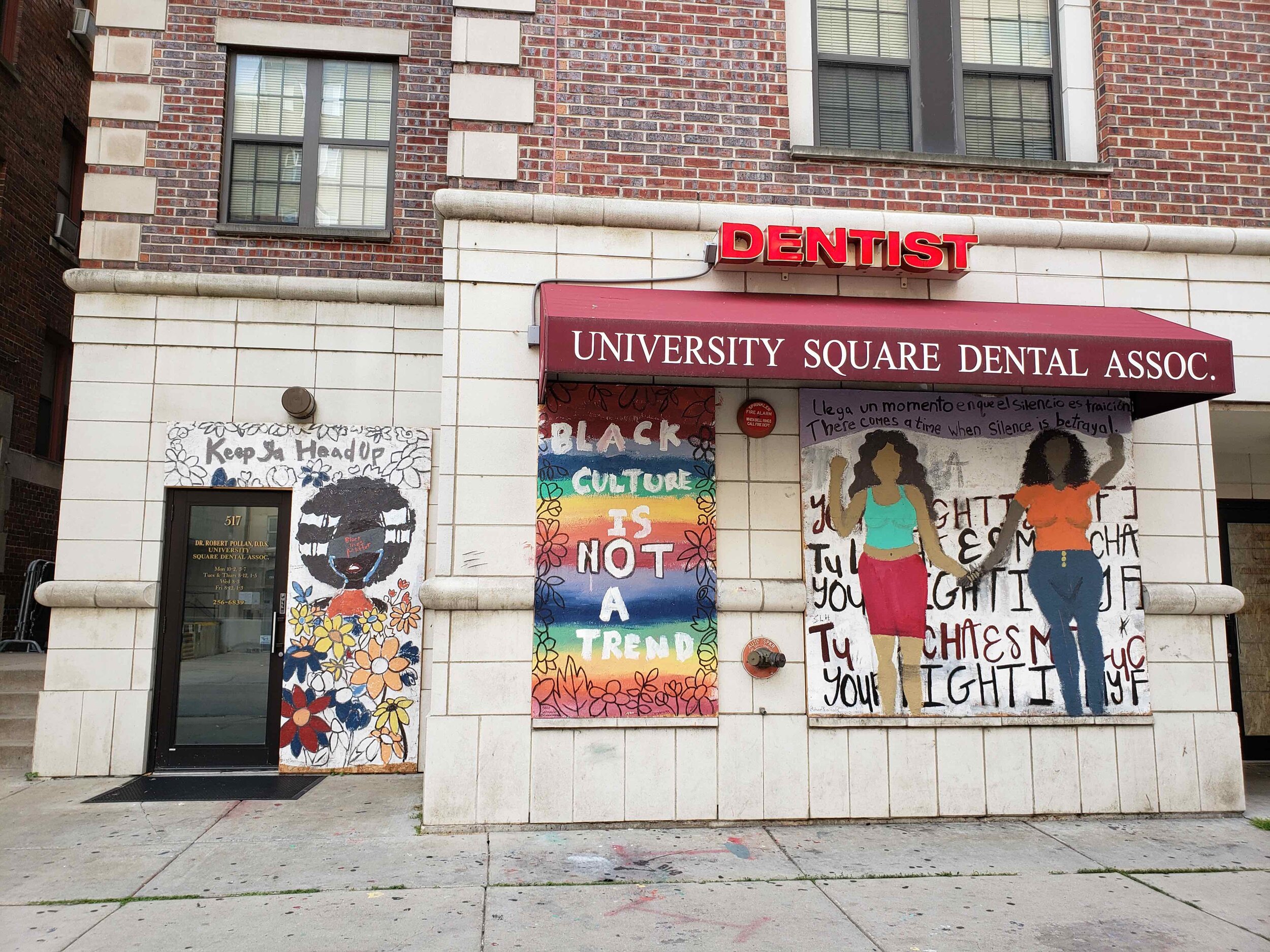
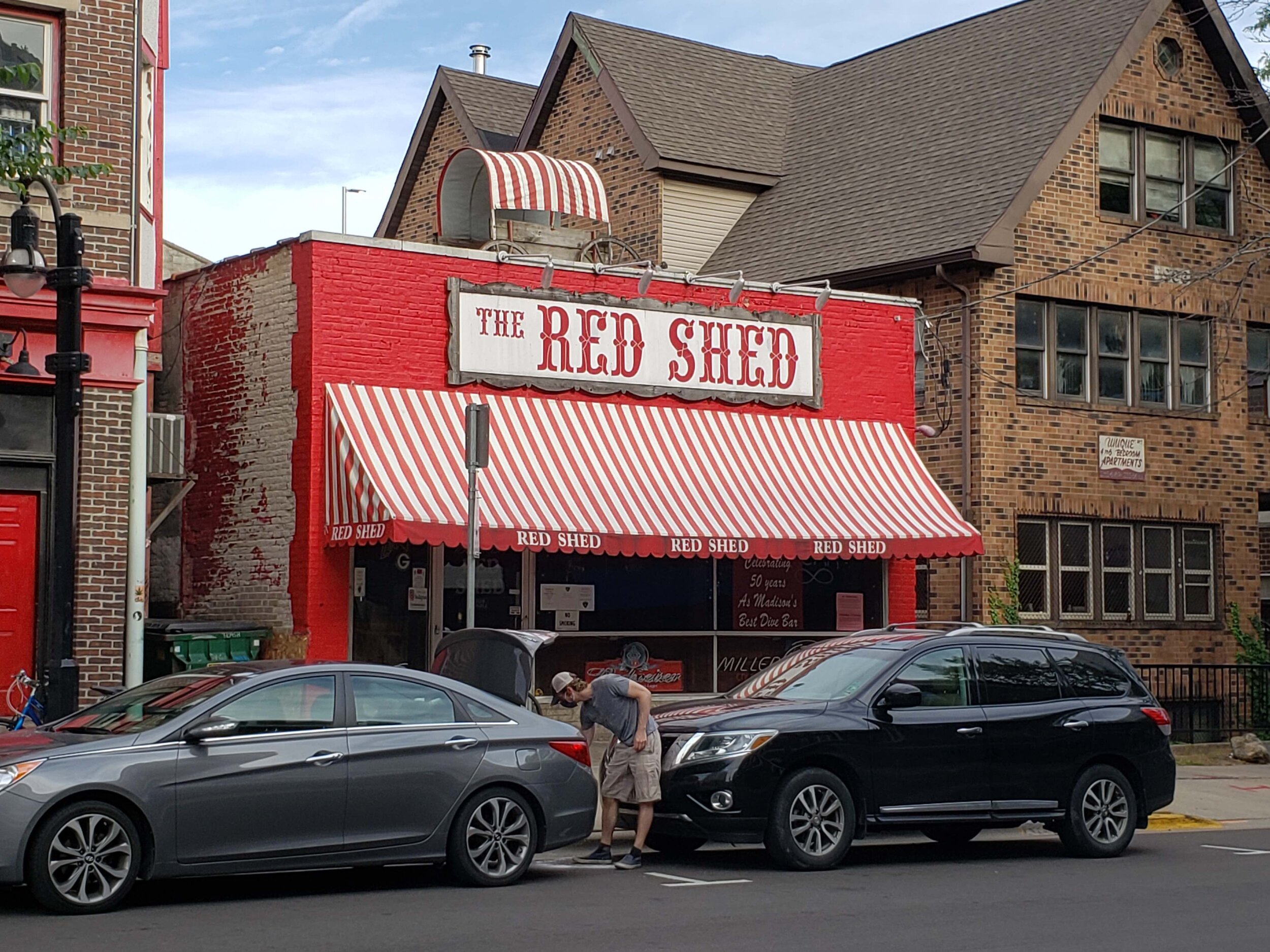
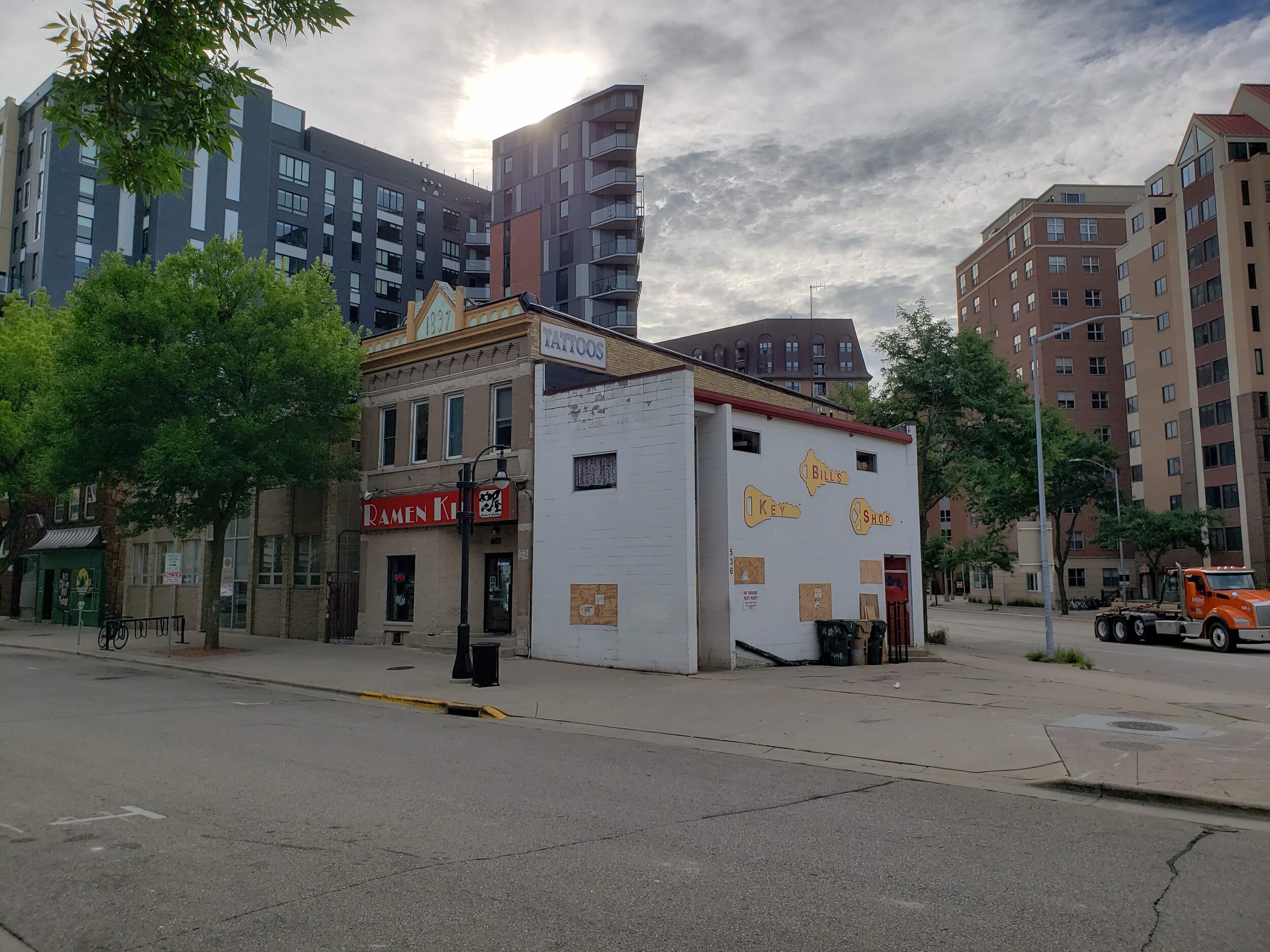
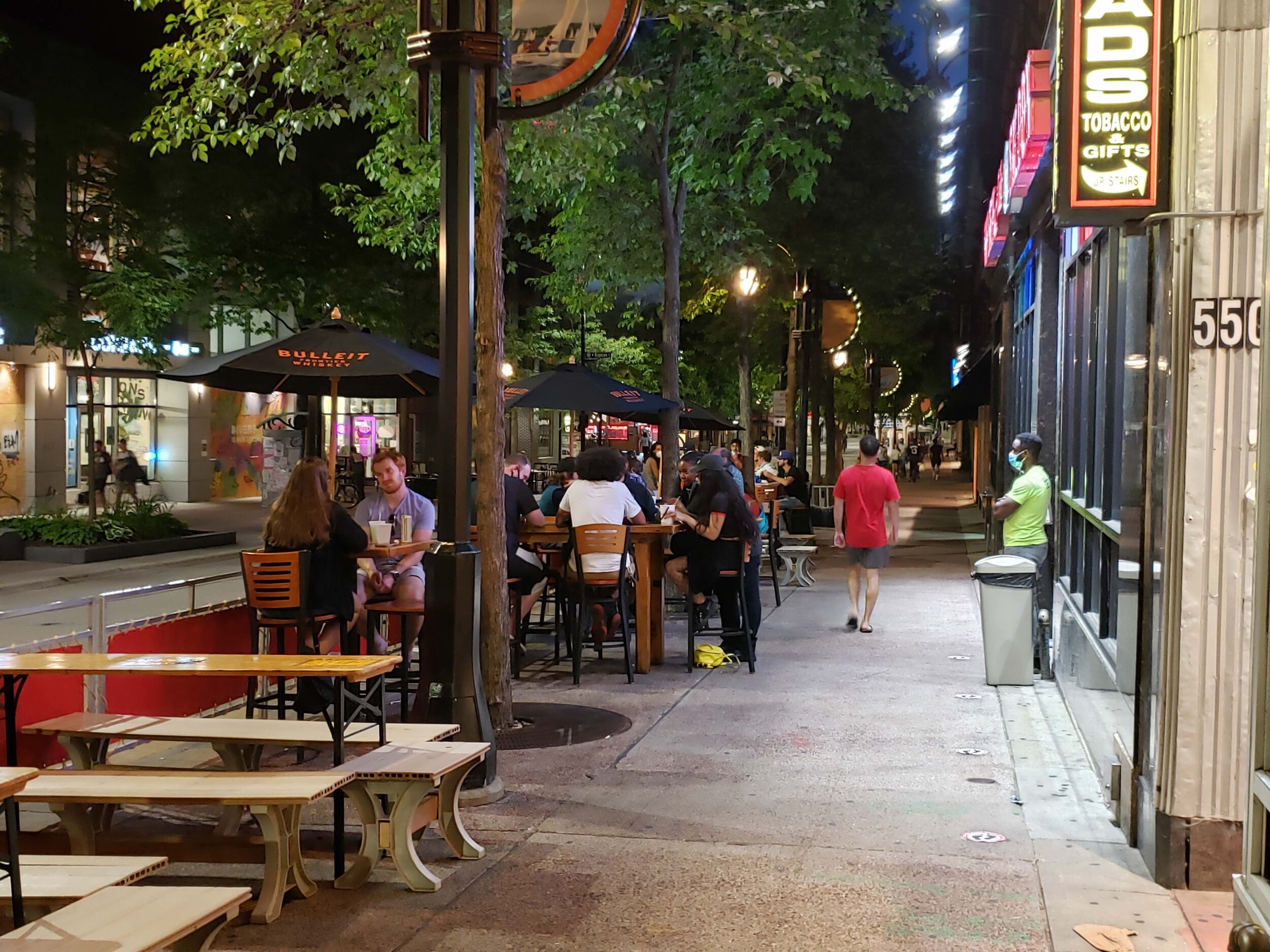
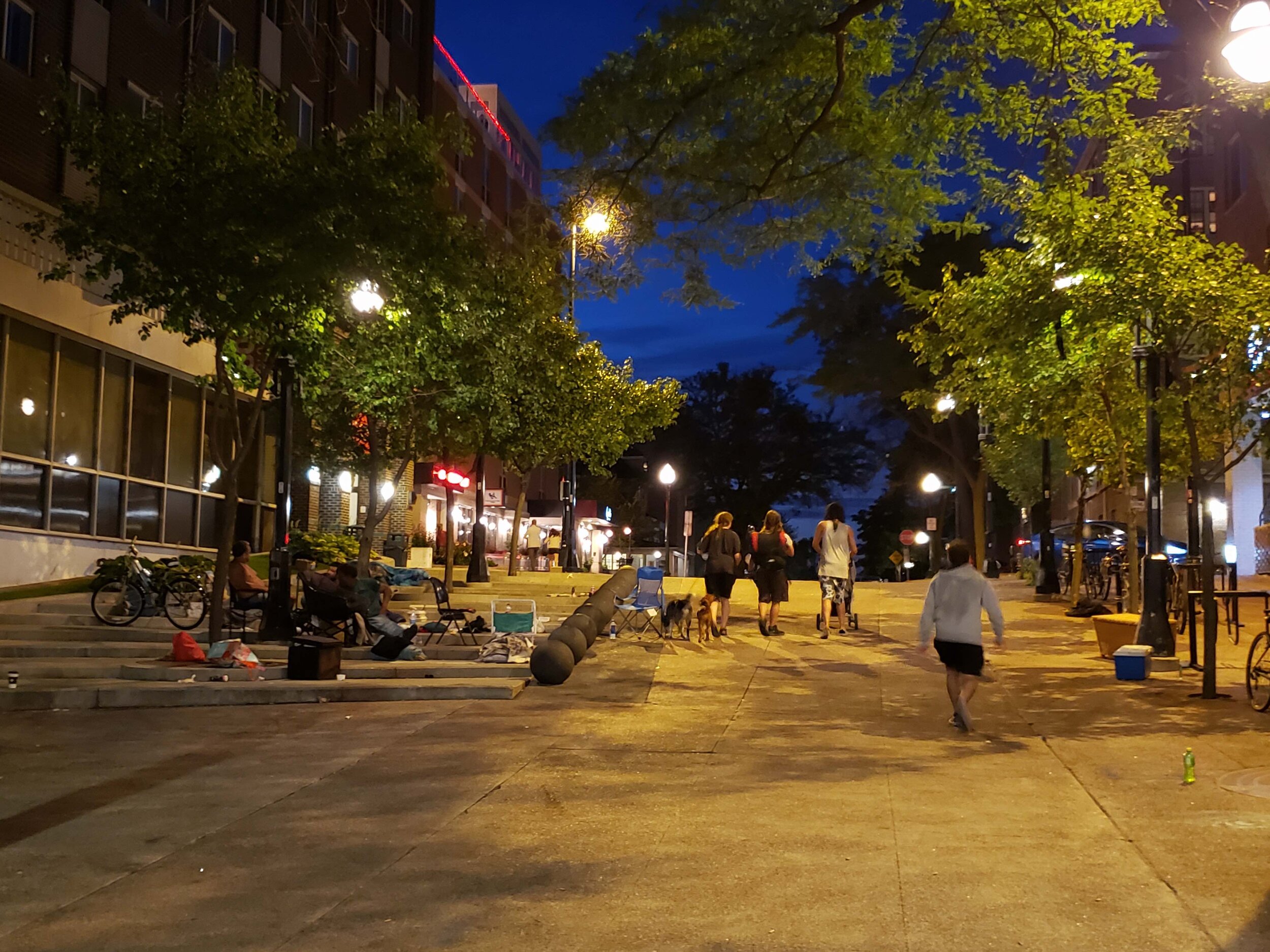
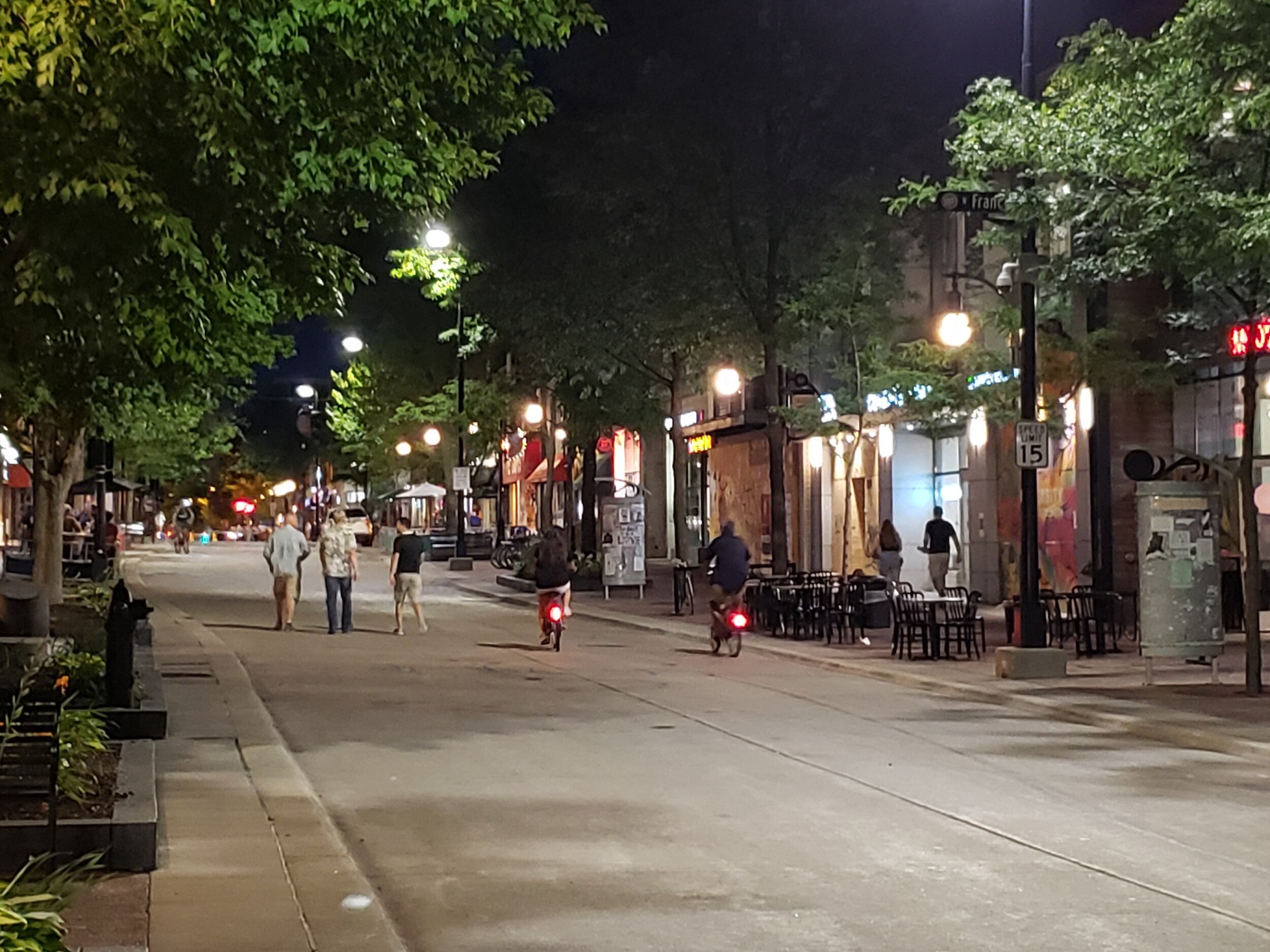




With interest rates rising, the cost and availability of housing are becoming increasingly popular topics of debate. But most of these discussions fail to challenge the root of the issue: the absurdity of mortgages as an investment vehicle.